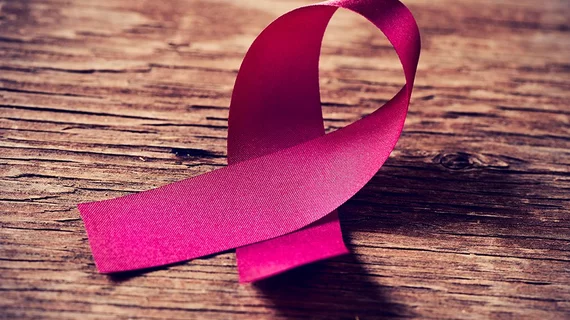Dense breast notification laws—now present in 38 states—are falling short of their intention of better informing women about how such tissue can increase cancer risks. And oftentimes, poor wording is to blame.
That’s according to a new survey of nearly 2,000 women without a history of breast cancer, highlighted Jan. 8 in the Journal of General Internal Medicine. Yale and New York University researchers noted that about 44% of women in these states were more likely to report increased breast density than those in states without such laws. However, the same women largely did not understand that dense breasts are associated with a higher risk of cancer.
“The goal for these state laws is not being met,” NYU’s Kelly Kyanko, MD, first author of the study, said in a statement. “Women who lived in states with DBN laws were not more likely to understand the implications of breast density—that having dense breasts meant they were at increased risk of breast cancer, or that the radiologist would have a harder time seeing a cancer on their mammogram.”
All told, Kyanko and colleagues quizzed 1,928 English-speaking women ages 40-59 through the online survey. Only 23% knew that increased density equated to higher cancer risk, while 68% grasped its impact on screening sensitivity. No significant difference was reported in DBN and non-DBN states for outcomes, nor for breast cancer-related anxiety.
The authors also found that reporting laws had a greater impact on individuals who went to college, and less so for others with a high school-level education or lower.
“We know that women with less education are less likely to receive high-quality breast cancer screening and treatment,” said senior author Cary Gross, MD, a professor of medicine and member of the Yale Cancer Center. “Our study underscores one potential mechanism for this disparity. Ensuring that notifications are written in simple language may help improve understanding of breast density for all women.”

